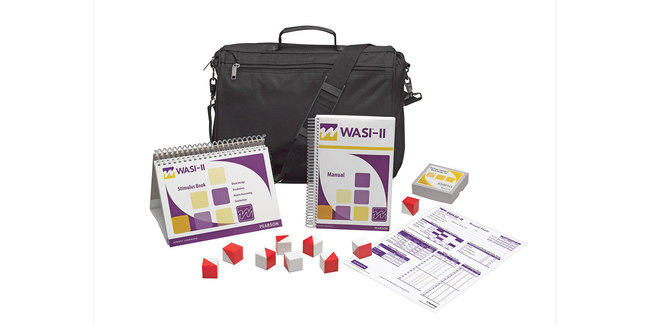The Wechsler Abbreviated Scale of Intelligence® Second Edition (WASI-II), a revision of the WASI™, provides a brief, reliable measure of cognitive ability in clinical, educational, and research settings. WASI-II maintains the original format and structure but offers greater clinical utility and efficiency
Wechsler Abbreviated Scale of Intelligence | Second Edition
WASI-II
The Wechsler Abbreviated Scale of Intelligence® Second Edition (WASI-II), a revision of the WASI™, provides a brief, reliable measure of cognitive ability in clinical, educational, and research settings. WASI-II maintains the original format and structure but offers greater clinical utility and efficiencyChoose from our formats
Kits
Starter & complete kits, print & digital
1 option
Test forms & reports
Booklets, record forms, answer sheets, report usages & subscriptions
1 option
Support materials
Manuals, stimulus books, replacement items & other materials
4 options
All products
All tests and materials offered for WASI-II
6 options